In the last few days of our exhibition at Crawley Museum, I bumped into a couple of people who had found relatives of theirs amongst the hundreds of photos on show – pictures they certainly weren’t expecting to see.
Strangely, both of these visitors’ relatives played in the same Crawley side in 1955. Denise Vanhinsbergh had dropped into the museum to view the local history displays, but after talking to us was able to find her dad, Charlie Powell, in a team photo from the end of season 1955-56 (front row behind the large trophy, with Reg Swinfen to his right and Stan March to his left).
Later on the same day, my cousin Sandie Borrett came in with her husband, Dave (who managed to get his copy of Steve Leake’s book, Tinpot and Proud, signed by the author himself), and was surprised to find her uncle Dave Simmonds in the same photo (back row in goalie’s jersey and big quiff in his hair).
The next day, longstanding club “historian” Tony Pope (who has given me so much help with my articles over the years, particularly the club’s ancient history) visited the exhibition, and after talking to him about these players he was able to unearth a picture not seen before of our victorious reserve side after winning the Mowatt Cup at Town Meadow on 2nd April 1956. We beat Crawley Ramblers 3-2 in that final, with goals from Aston, Sterling and the aforementioned Powell.
Our team was as follows – back row: Coleman, Aston, Simmonds, Jarvis on unknown man’s shoulders, Kneller. Front row: Wareham, Powell, Baylis, Sterling, Martin.
If anybody else has any information about relatives who used to play for Crawley – or requires any info themselves – then contact me on the email address below.
Another visitor was Keith Dance, who had been our kit manager for many years but also played for the reserve team in the early 1960s and remembered turning out in our red/white hooped shirts. He also remembered how in 1992, his job of ordering kits had been taken over by our new manager, ex Chelsea star Steve Wicks. Unfortunately, when the players arrived for the first game, planning to use the new kit, they found that Wicks had ordered all medium sizes and no one could get into them, meaning we had to use some older kit for the game!
Another contributor to the exhibition was Vic Bragg, who I wrote about in the previous RRD. Unfortunately I received his scrapbooks too late to be able to use much of them in the exhibition but they will help me with future RRD articles.
One interesting item I found in the books was a press cutting from the 1974-75 pre-season. I always remembered from supporting the club over this very bleak time in our history (no money, and several years of finishing in the bottom positions in the Southern League, watched by fewer than 300 fans) that we had played a pre-season game against a team from Cork Celtic in Ireland. Luckily Vic had included an article about this match, as well as a photo showing him up against Cork Celtic player manager Bobby Tambling (ex Chelsea and England).
At the time I remember thinking this was quite an exotic friendly for us to arrange, especially with the still relatively famous Tambling in their side. Unfortunately, as the cutting announced with its headline, “Where Was The Crowd?”, not too many people shared my excitement as only 304 turned up for the Friday evening game. Our manager of the time, Tony Elkins-Green, who had (optimistically!) hoped for 1,500, was quoted as saying, “It was diabolical and makes you wonder what you have to do to get a good crowd in?”
Tony was always an optimist, but as we had finished bottom of the table the previous season, and with a well-publicised lack of funds for players, local fans obviously needed a bit more than an ex England player to get them pouring into a fairly derelict Town Meadow. As it turned out, they were the better judges, as we finished bottom again in that 1974-75 season, with only 11 points all season, and conceded 102 goals in the league.
As for that Cork match, they were gearing up to play in the European Cup, having won the League of Ireland title the previous season, so maybe we were seen as an international opponent to get them accustomed (cheaply?) to overseas matches? The match was a rather tame affair, with our team a mix of older players left over from our better days of a few seasons previously (John Leedham, Vic Bragg, Peter Frost, etc.) and local youngsters such as Barry Morgan and Peter Gordon. It ended in a 1-1 draw, with Frank O’Neill (a half-time sub for Tambling) opening the scoring for Cork on 49 minutes before Vic Bragg equalised on 69 minutes with a penalty after a handball in the box.
The article’s author, Alan Thatcher, did not seem too impressed with our play, with “too many high balls pumped one after the other down the middle,” and, he added, “players, having got rid of the ball, standing back to admire their work rather than staying involved with the move until its conclusion. That’s Total Football, Crawley appear to need a total rethink.”
A bit harsh from just one pre-season game, but the aforementioned points tally seems to have borne out that we didn’t rethink. I can add my remembrance of a dire season of watching Crawley all over the South East, and while generally they gave their all, it was for me, personally, the lowest point in my Crawley supporting life. One positive from it, though, is that times like that help you put into perspective other difficult times, like those we endured last season, as well as learn to appreciate the “highs” that much more.
Cork Celtic did play in the European Cup (now misleadingly called the Champions League), getting a walkover in the first round but losing on aggregate to Ararat Yerevan of Armenia in the next round. In subsequent years, albeit mostly briefly, they featured players such as George Best, Geoff Hurst (he scored three goals for them) and Uwe Seeler (four World Cups with West Germany and two goals for Cork Celtic). Unfortunately Cork would have issues in finding a suitable ground to play at and would be expelled from the league in 1979, ceasing to exist shortly after.
Returning to more recent times and today’s opponents, Morecambe, who we first met when we were both Conference clubs in season 2004-05, our first season in that league after winning the Southern League in 2003-04. Looking back through the programme for our home match against Morecambe on Monday 21st February 2005 (live on TV), I can see from the league table that several clubs from that division are now plying their trade in the EFL, with Accrington Stanley, Morecambe and Forest Green with us in League Two, whereas Carlisle, Exeter, Stevenage and Burton Albion have progressed to League One. Barnet – who would go on to win the league and promotion to the EFL – were top of the table, 15 points in front of our second place, although we would fade somewhat to end the season in 12th place. Carlisle United would gain the other EFL spot through the play-offs.
We had won the away game at Morecambe 2-1 (Danny Davidson, Dannie Marney) and had gone into the home match with some injury concerns but also disciplinary issues after two men were sent off in the previous away game at Woking, which we lost 2-0. Of the two, Sacha Opinel received a straight red card just after half-time for a tackle which resulted in a mass brawl from which Sean Hankin received his second yellow for his part in the fracas. Hankin clashed with Woking’s Luke Oliver in the brawl. I remembered the name Luke Oliver from a game we played years later in the 2011-12 season against Bradford City when we were in EFL League Two. In this so-called “Battle of Bradford”, five players were sent off after the final whistle, one of whom was Oliver for Bradford!
In front of the Sky cameras on a snowy evening we would also win the home game against Morecambe when goals from John Robinson and Neil Jenkins sent most of the crowd of 2,516 home happy after a 2-1 victory, hopefully something we can repeat this week!
Mick Fox – mjfjo@yahoo.co.uk
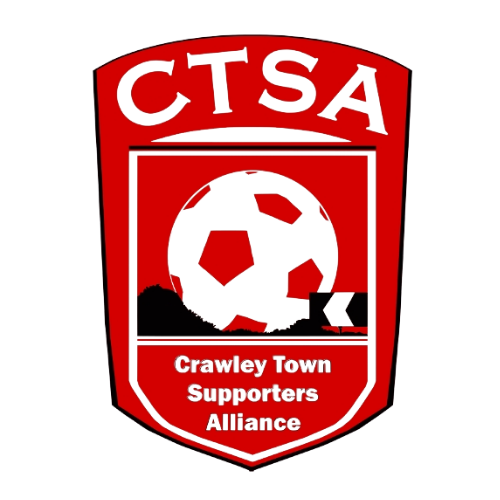
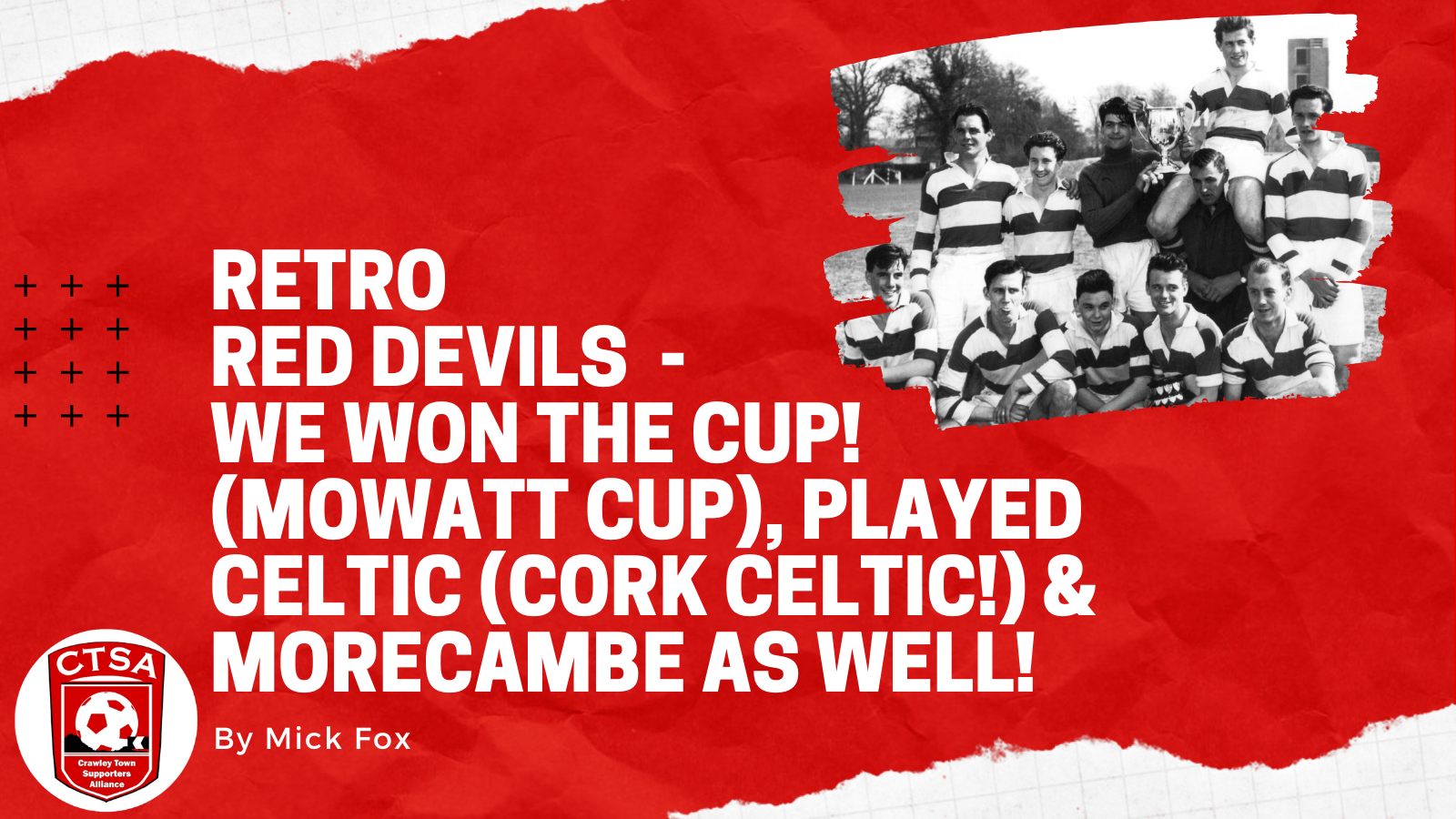
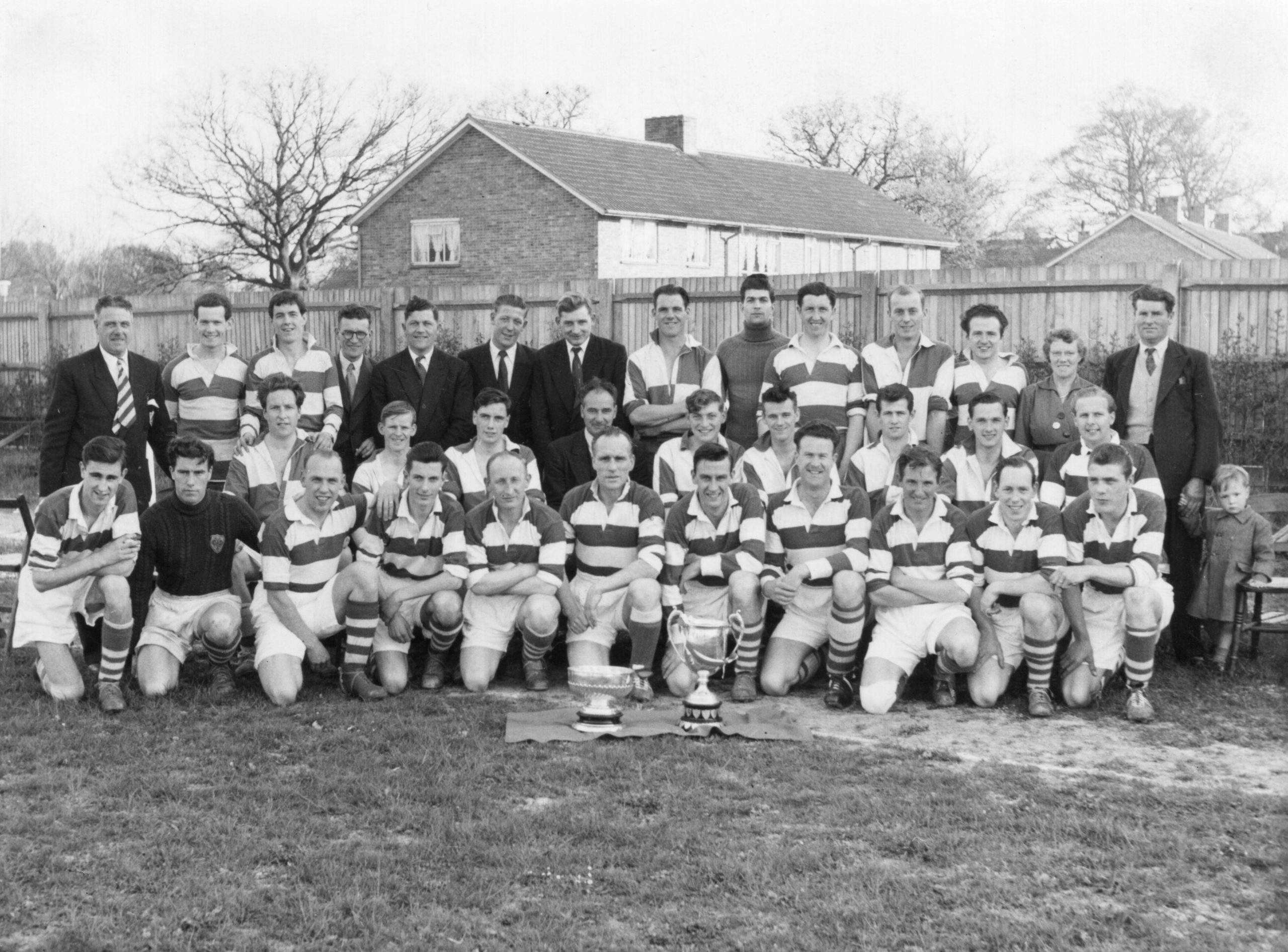
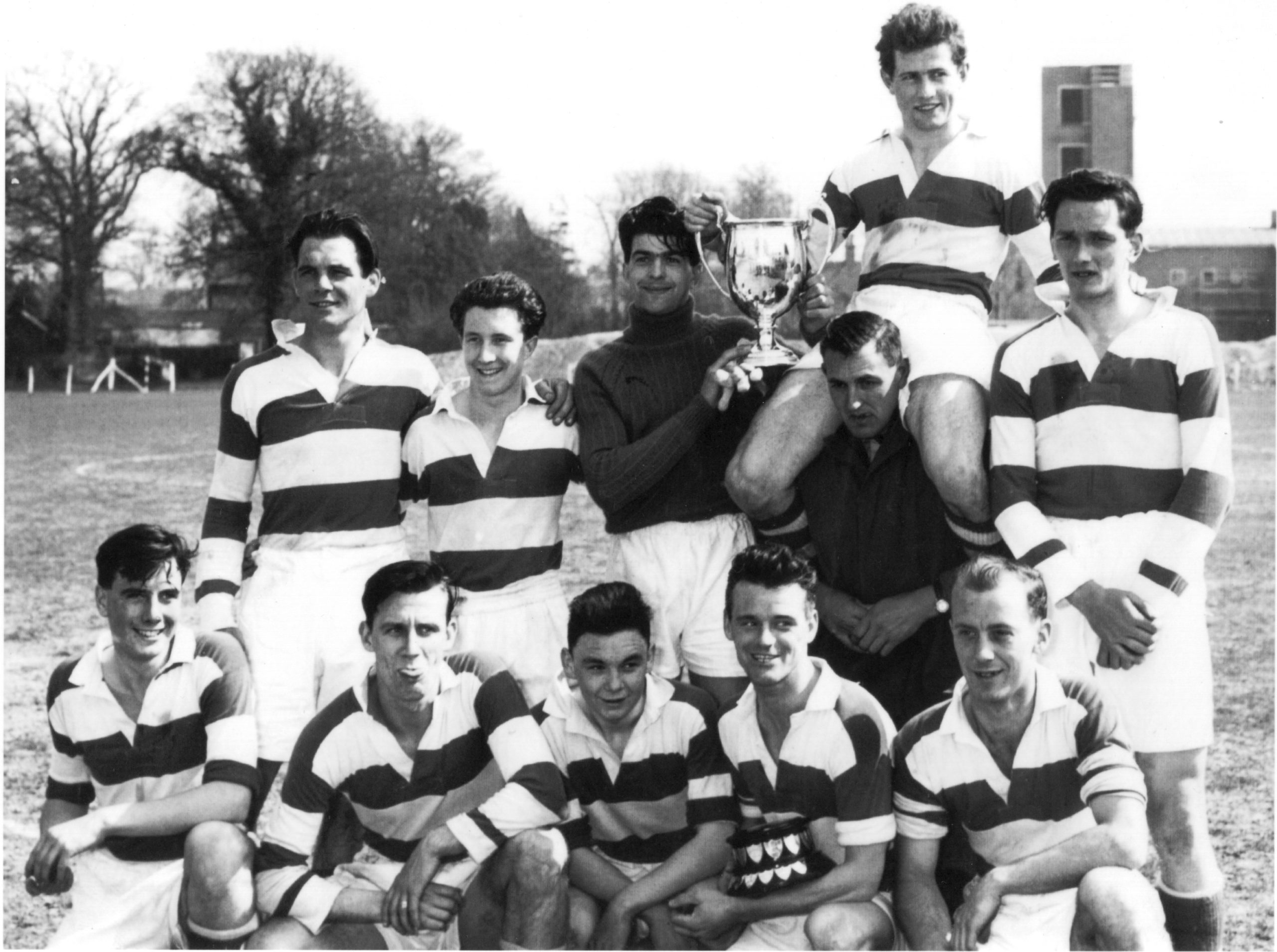
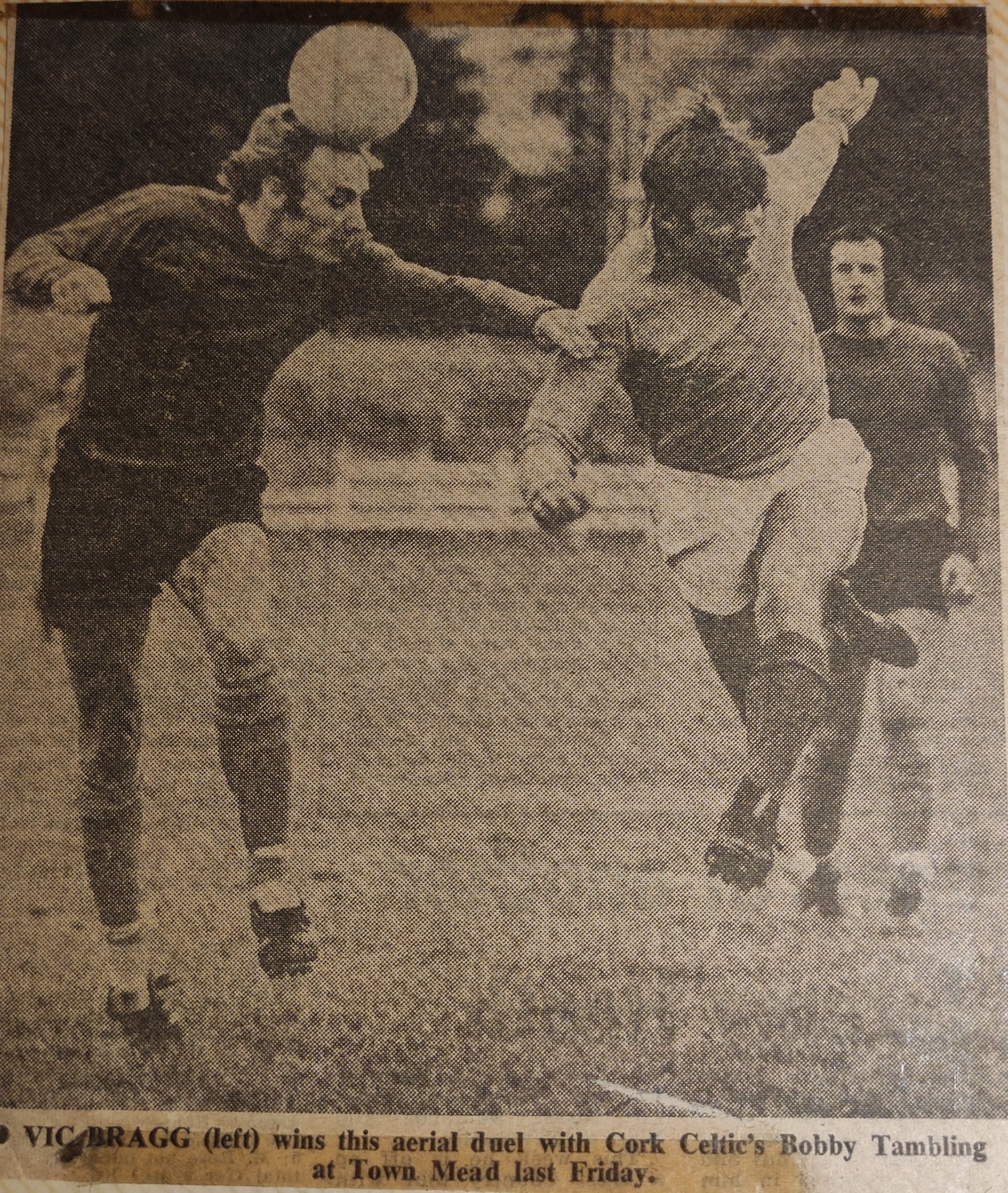
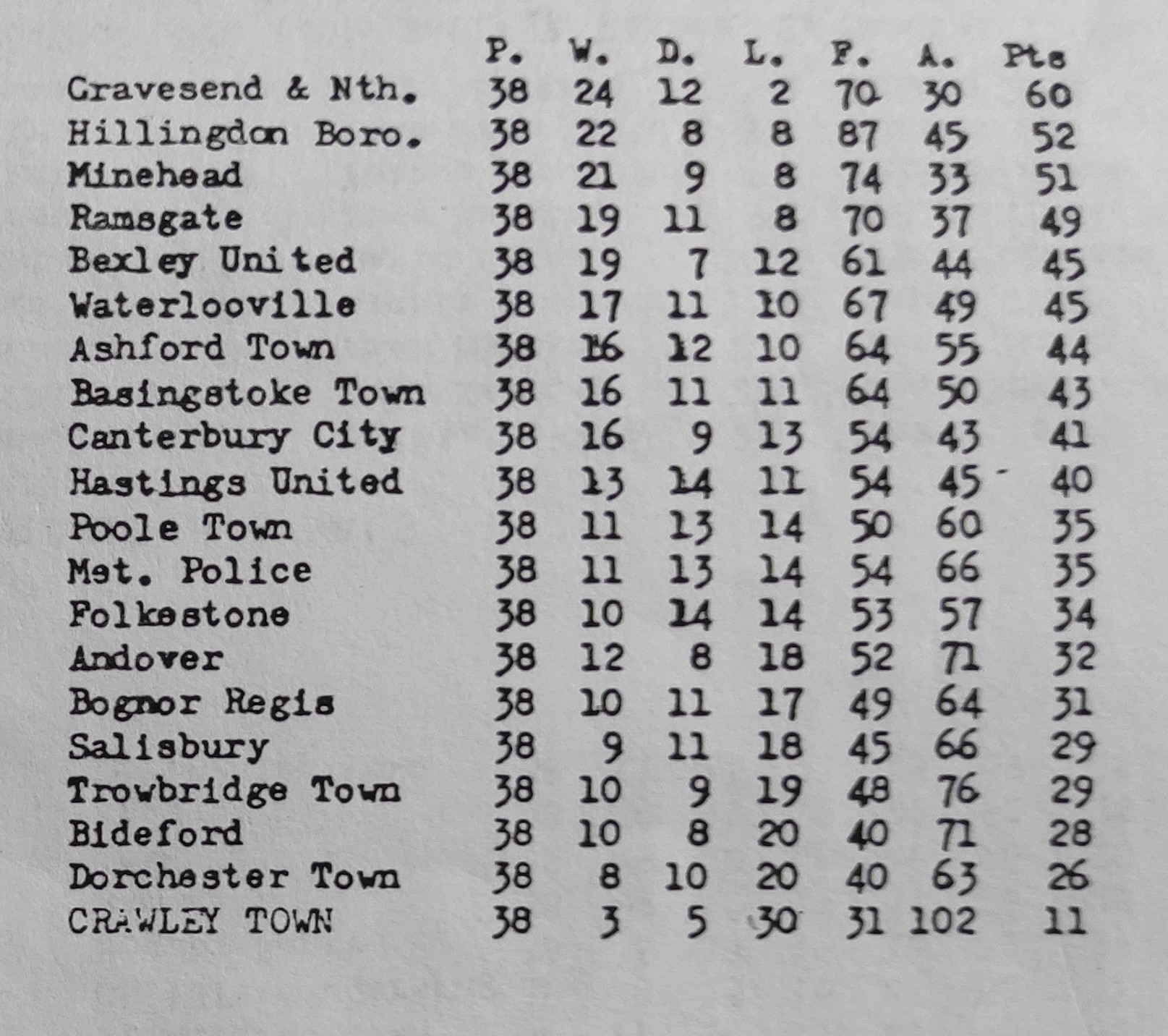
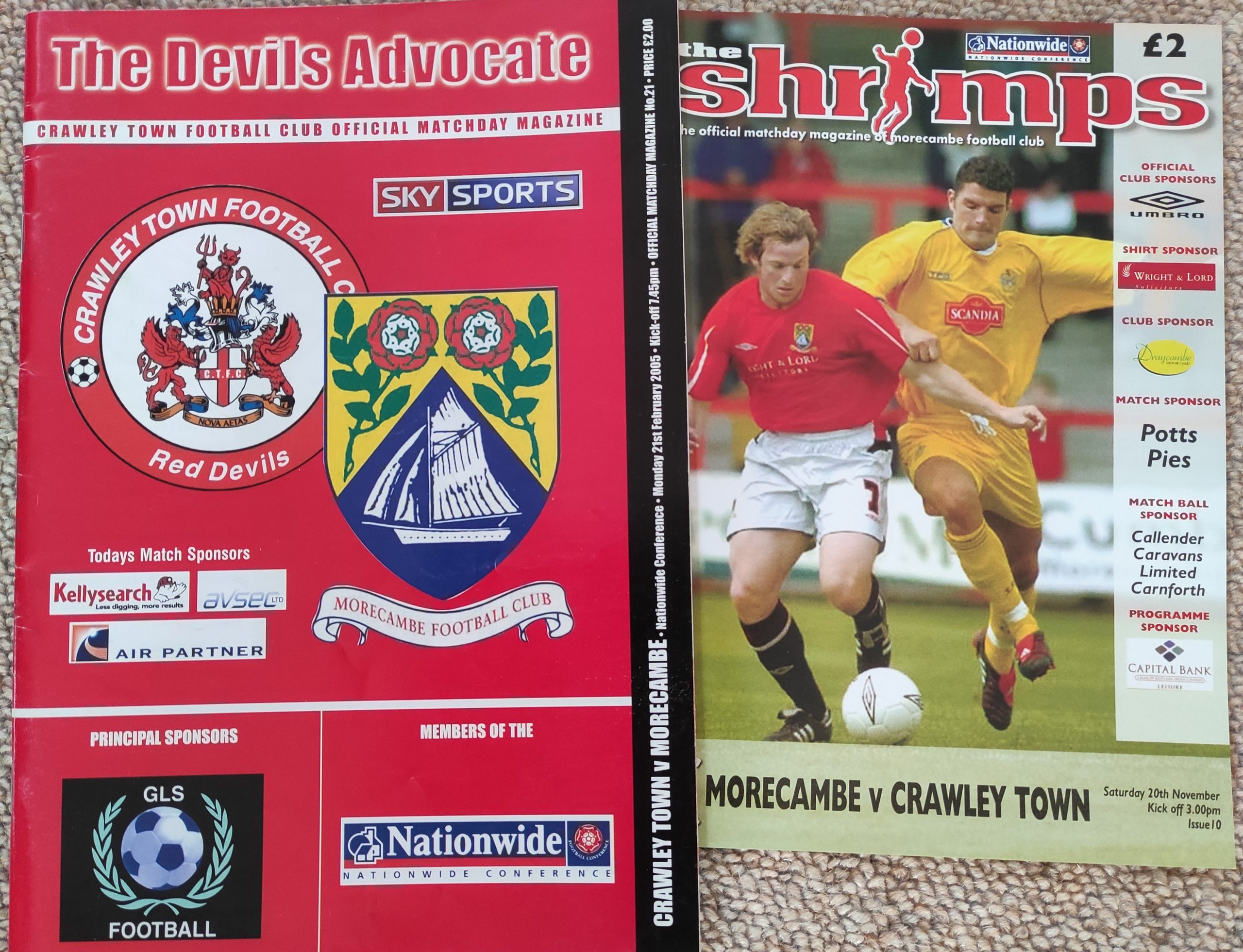
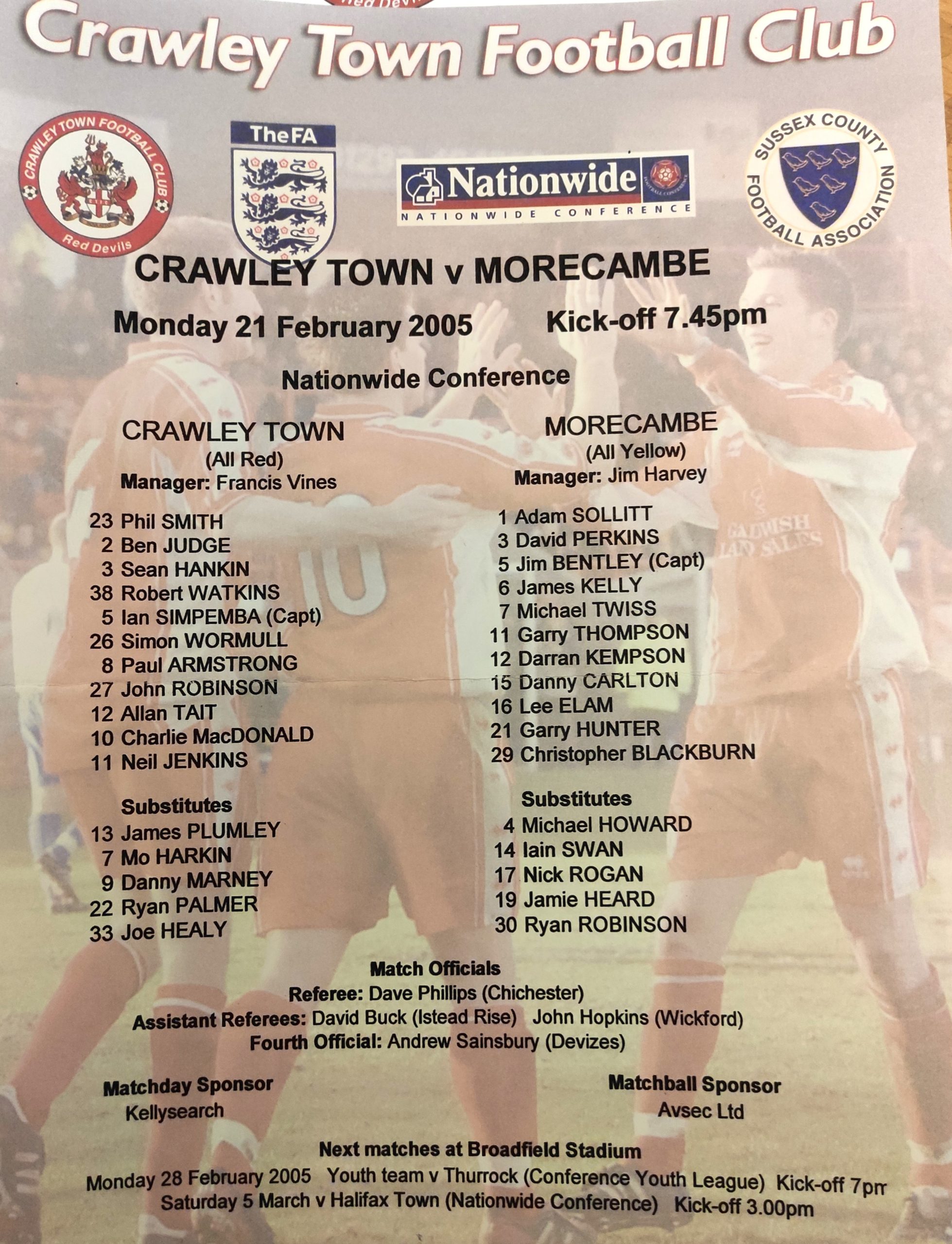

0 Comments